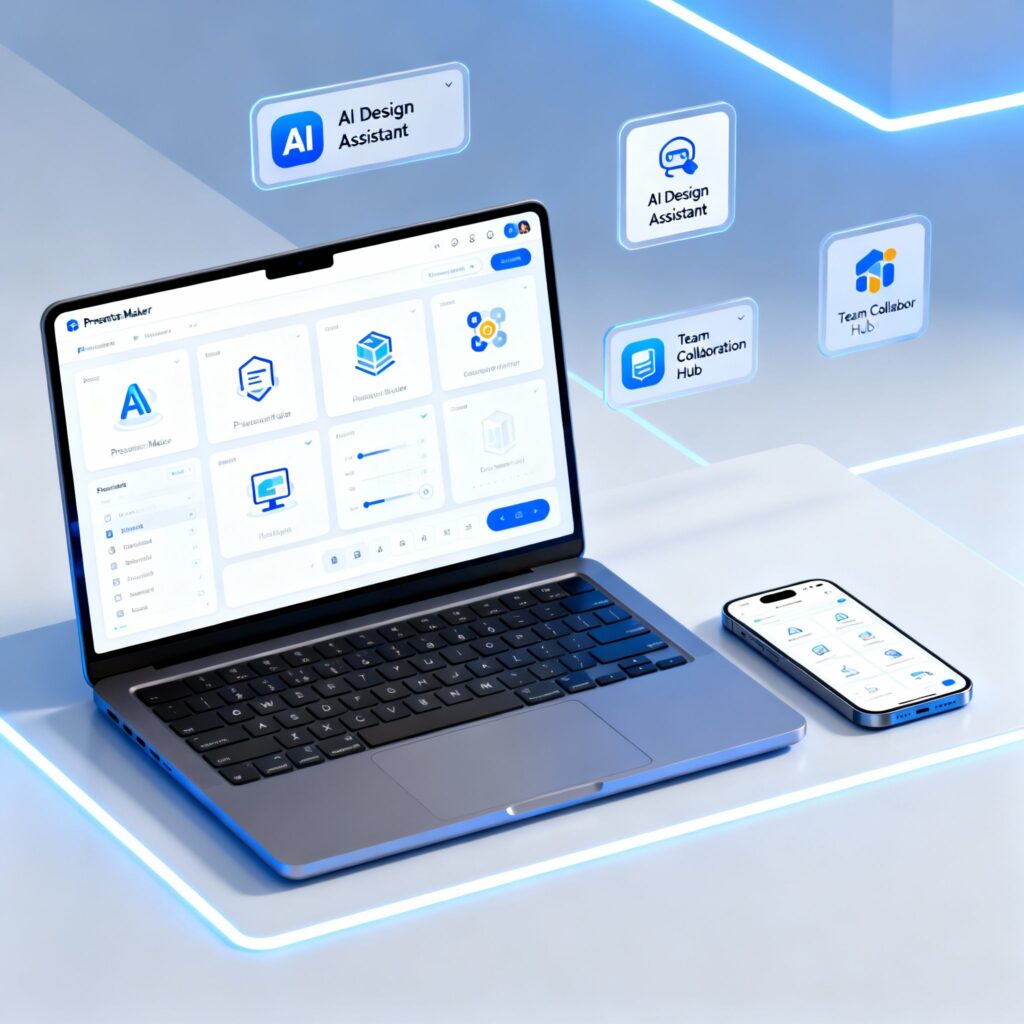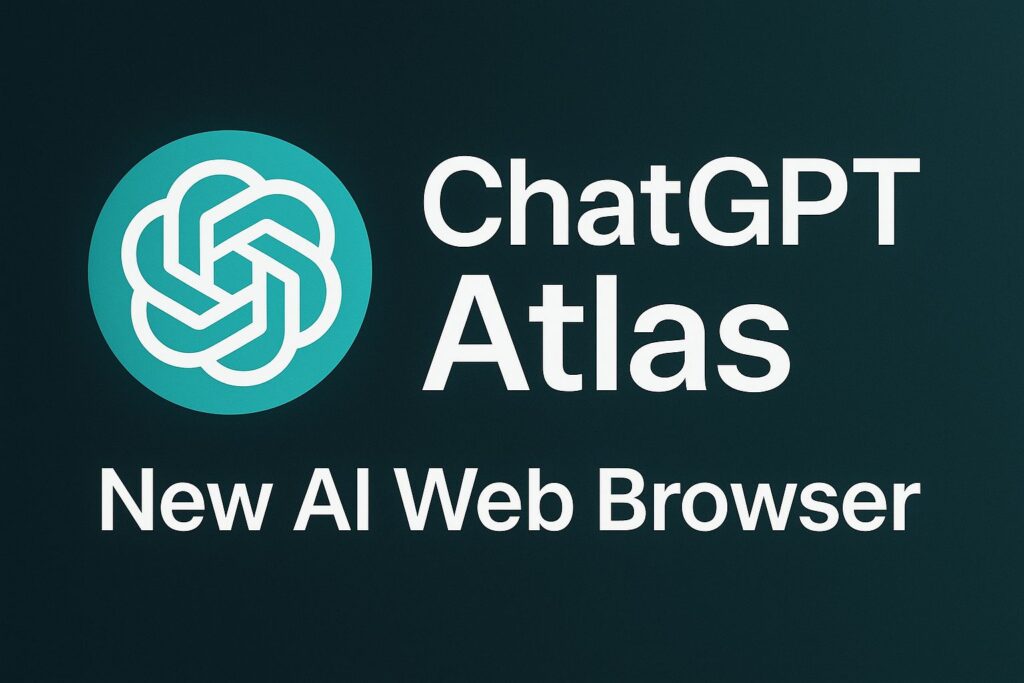Crafting an effective digital marketing strategy requires carefully mapping out coordinated organic and paid campaigns to engage your audience across channels. Follow these steps to build a comprehensive digital marketing roadmap that drives results:
Step by Step Guide Digital Marketing Roadmap
Start With the End in Mind
Be clear about what success looks like. Do you want to boost brand awareness? Increase organic traffic and leads? Grow social media followers? Drive conversions and sales? Define specific, measurable goals so you can tailor strategies accordingly and track progress. Keep the end user in mind – how can you offer value to customers?
Research Your Target Audience
A deep understanding of your ideal customers is vital. Look into target demographics like age, gender, income level, education, geographical location, family status, and so on. Go beyond basic attributes to uncover psychographics – what values, interests, attitudes, and lifestyles define them? Learn how they interact online by analyzing their buying journeys. These insights will allow you to create tailored messaging that truly resonates.
Find the Right Keywords
Keyword research forms the bedrock of effective SEO. Use tools like Google Keyword Planner, SEMrush, or Ahrefs to discover keywords and phrases your audience is searching for. Focus on driving organic traffic by targeting low competition keywords that align with your offerings. Optimize pages around each keyword, craft SEO title tags and meta descriptions, and organically boost rankings.
SEO Success Factors
Your website needs to be search engine-friendly to gain visibility. Ensure fast page speeds – leverage tools like Google PageSpeed Insights to diagnose issues. Enable proper indexing by implementing XML sitemaps. Make pages mobile-responsive for local SEO wins. Use structured data markup for richer snippets. Cultivate backlinks from authority domains to build trust and authority. Technical optimizations like these improve organic discoverability.
Content That Captivates
Quality content has become indispensable for brands competing digitally. Take an omni-channel approach – create blog posts, videos, webinars, whitepapers, eBooks, podcasts, and more. Ensure relevance by aligning content to audience needs and search trends. Promote content through organic and paid channels – this generates traffic, nurtures leads, and establishes thought leadership. Put hooks like checklists and quizzes to boost engagement.
Social Media Activations
An omnipresent digital force, social platforms present opportunities to drive awareness, traffic, and conversions. Assess platforms where your audience is most active – Facebook, Instagram, LinkedIn, Twitter, YouTube etc. Share your best content, run contests and polls, utilize hashtags for discovery. Engage meaningfully with followers. Use ads to reach prospective customers. Work with influencers to expand your network. Ultimately convert followers into customers.
Paid Media Power
While organic strategies establish foundational visibility and traffic, paid advertising puts your brand in front of motivated users at critical moments. When done right, paid ads complement SEO. Create targeted Facebook and Instagram ads to reach more of your audience. Retarget engaged visitors across the web using Google and display ads. Leverage Amazon ads to get products discovered. Use paid social ads and optimized landing pages to capture leads. Allocate budget wisely and track conversions closely.
Conversion Optimization
Getting visitors to your site or landing pages is only the first step – optimizing conversions is key. Make calls-to-action prominent. Reduce friction in checkout flows. Highlight trust factors like security badges, testimonials, and money-back guarantees. Use exit-intent popups to capture email addresses. Offer free trials or content in exchange for sign-ups. Insert lead gen forms across pages. Keep testing and tweaking pages until you find the optimal conversion formula.
Measurement for Continuous Improvement
Robust analytics provide the feedback loop to refine strategies and tactics. Install Google Analytics and Facebook Pixel to unlock visitor insights. Track KPIs like organic traffic, keyword rankings, backlinks, social media reach, lead generation, sales, and ROI. Study user behavior flowing acquiring customers. Leverage Google Search Console and Google Analytics to diagnose opportunities. Share learnings across teams and brainstorm optimizations. Avoid vanity metrics and focus on actionable data to enhance results.
Stay Agile and Evolve
Digital marketing evolves quickly. Flexibility and agility are key to staying ahead of changing consumer habits, emerging platforms, new features, and algorithm shifts. Monitor your space for trends and disruptions. Test out new networks and formats. Adapt messaging and creatives. Sunset tactics that are no longer moving the needle. Launch campaigns to capitalize on trends like micro-influencers or shoppable posts. Creative growth mindsets help brands gain an edge.
With these steps, brands can develop an integrated digital marketing roadmap that delivers real business impact. Blend organic strategies and paid tactics to maximize visibility and conversions across channels. Focus on providing value to customers through optimized experiences. Continuous iteration and improvement will propel sustainable success.
Discover more from TechResider Submit AI Tool
Subscribe to get the latest posts sent to your email.





